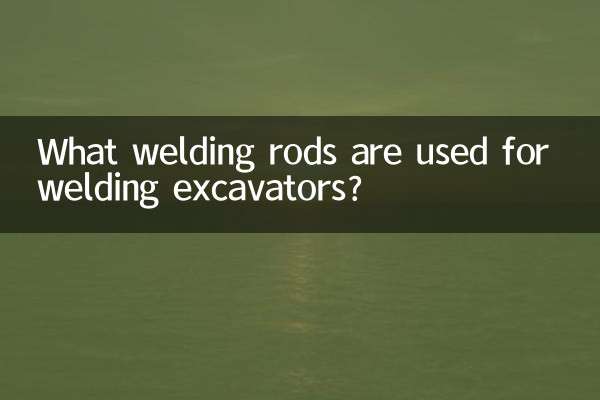What is the gradation of aggregates?
Grading of aggregates is a crucial concept in construction engineering and concrete preparation. It directly affects the strength, durability and workability of concrete. This article will introduce in detail the definition, importance, classification and common grading standards of aggregate grading, and display relevant content through structured data.
1. Definition of aggregate gradation

The gradation of aggregate refers to the distribution of particles of different sizes in the aggregate. Simply put, it is the proportion of coarse, medium and fine particles in the aggregate. Good gradation enables aggregates to form a tight packing structure in concrete, reducing voids and thus improving the performance of concrete.
2. The importance of aggregate gradation
The gradation of aggregates has many effects on the performance of concrete:
1.intensity: Good grading can increase the density of concrete, thereby enhancing its compressive strength.
2.Durability: The tight stacking structure can reduce the penetration of moisture and harmful substances and improve the durability of concrete.
3.Workability: Reasonable grading can improve the workability of concrete and make it easier to construct.
3. Classification of aggregate gradation
Grading of aggregates is usually divided into the following categories:
| Type | Description | Applicable scenarios |
|---|---|---|
| continuous grading | Particles of various sizes in the aggregate are continuously distributed without obvious defects. | Ordinary concrete, high strength concrete |
| discontinuous grading | Particles of certain sizes in the aggregate are missing, forming a jump distribution | Special projects such as asphalt concrete |
| Single particle level | Aggregate is mainly composed of particles of one size | Permeable concrete, decorative concrete |
4. Common aggregate grading standards
Different countries and regions have their own standards for aggregate grading. Here are several common grading standards:
| Standard name | Scope of application | Main requirements |
|---|---|---|
| ASTM C33 | United States | Specifies the particle size distribution range of coarse aggregate and fine aggregate |
| GB/T 14684 | China | Grading requirements for fine aggregate are divided into zones I, II and III. |
| EN 12620 | Europe | Aggregate particle size distribution and particle shape requirements |
5. How to optimize aggregate gradation
Optimizing aggregate gradation is key to improving concrete performance. Here are several common optimization methods:
1.screening test: Determine the particle size distribution of aggregates through sieving tests, and adjust the gradation based on the results.
2.mixed aggregate: Mix aggregates of different particle sizes in proportion to achieve the ideal gradation.
3.Use admixtures: Improve the workability of concrete by adding water reducing agent, thickening agent, etc.
6. Future development trends of aggregate grading
With the advancement of construction technology, the research on aggregate gradation is also deepening. Future development trends include:
1.Intelligent design: Optimizing aggregate grading using computer simulation and artificial intelligence.
2.Environmentally friendly materials: Use recycled aggregates and industrial waste to reduce reliance on natural resources.
3.high performance concrete: Develop concrete with higher strength and durability through fine gradation design.
Conclusion
The gradation of aggregates is an important link in concrete preparation that cannot be ignored. Through reasonable gradation design, the performance of concrete can be significantly improved to meet the needs of different projects. In the future, with the advancement of technology, the research and application of aggregate gradation will become more refined and intelligent.

check the details

check the details